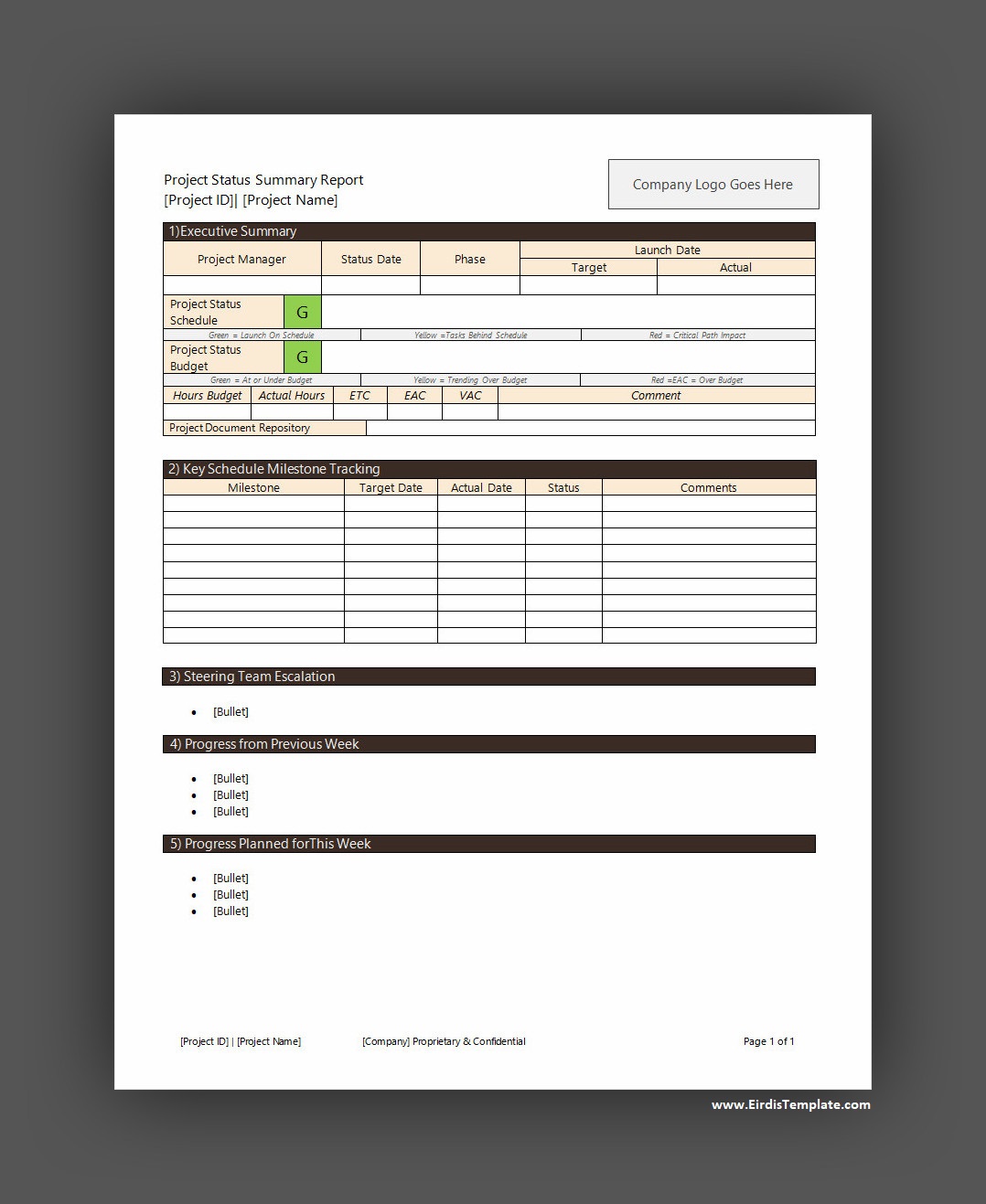Project reports are essential tools for project managers to communicate progress, track performance, manage risks, and provide a formal record of a project’s development and outcomes. These reports play a crucial role in helping project managers maintain control, measure against the original plan, and inform stakeholders, such as clients and senior management, through clear and concise data.

By facilitating informed decision-making, ensuring accountability, and helping with cost management, project reports are integral to the success of any project.
What is a Project Report?
A project report is a detailed document that provides an overview of a project’s progress, performance, risks, and outcomes. It serves as a formal record of the project’s development and helps project managers keep track of key milestones and deliverables.
Project reports are typically created at regular intervals throughout the project lifecycle to provide stakeholders with up-to-date information on the project’s status.
Components of a Project Report
Project reports typically include various components that provide a comprehensive overview of the project’s status. These components may include:
- Project Overview: A summary of the project’s objectives, scope, and timeline.
- Progress Update: Details on the project’s progress, including key milestones achieved and challenges faced.
- Performance Metrics: Data on key performance indicators to track the project’s performance.
- Risk Assessment: Identification of risks that could impact the project and proposed mitigation strategies.
- Resource Allocation: Information on how resources are being allocated throughout the project.
- Financial Summary: An overview of the project’s financial status, including budget information.
- Next Steps: Plans for future project activities and milestones.
Project reports are not only a record of what has been accomplished but also a roadmap for what lies ahead. They provide valuable insights into the project’s progress and performance, helping stakeholders make informed decisions and stay aligned with the project’s objectives.
Importance of Project Reports
Project reports are essential for a variety of reasons, each contributing to the overall success of a project:
- Communication: Project reports facilitate effective communication with stakeholders by providing a clear and concise overview of the project’s status.
- Performance Tracking: They help project managers track the project’s performance against the original plan and identify any deviations.
- Risk Management: Project reports enable the identification and mitigation of risks that could impact the project’s success.
- Accountability: They hold team members accountable for their responsibilities and ensure alignment with project goals.
- Decision-Making: Project reports provide stakeholders with the information needed to make informed decisions about project direction and priorities.
- Cost Management: They help monitor and control project costs to ensure budget adherence.
By actively utilizing project reports, project managers can maintain control, measure progress, inform stakeholders, and ultimately maximize project success.
Creating an Effective Project Report
Creating an effective project report requires careful planning, attention to detail, and understanding of the project’s objectives. Here are some key steps to help you create a project report that is informative, engaging, and actionable:
Define Your Audience
One of the first steps in creating an effective project report is defining your audience. Understanding who will be reading the report will help you tailor the content and format to meet their needs and expectations. Consider the level of detail, terminology, and presentation style that will resonate with your audience.
Use Clear and Concise Language
When creating a project report, it’s important to present information in a clear and easy-to-understand manner. Avoid jargon or technical language that may confuse readers. Use simple language and structure your report in a logical sequence to make it easy for stakeholders to follow along.
Include Visual Aids
Visual aids, such as charts, graphs, and tables, can help simplify complex data and make it more digestible for stakeholders. Visual representations of data can enhance understanding and engagement, making it easier for stakeholders to interpret the information presented in the report.
Provide Context
Context is crucial when presenting data in a project report. Ensure that the information you include is relevant and meaningful to the project’s objectives. Providing context helps stakeholders understand why certain data points are important and how they relate to the overall project goals and outcomes.
Be Honest and Transparent
Transparency is key when creating a project report. Be honest about the project’s progress, successes, and challenges. Transparency builds trust with stakeholders and fosters a collaborative environment where issues can be addressed openly and solutions can be found collectively.
Seek Feedback
Feedback is invaluable when creating a project report. Encourage stakeholders to provide feedback on the report’s content, structure, and clarity. Feedback can help you refine the report to better meet the needs of your audience and ensure that the information presented is relevant and actionable.
Free Project Report Template
In conclusion, a Project Report makes it easy to document progress, analyze results, and present key insights in a clear, professional format. It helps teams communicate effectively and make informed decisions.
Showcase your project’s success today—download our Project Report Template and create detailed, professional reports with ease!
Project Report Template – WORD
- Free Blank KWL Chart Template (Word) - December 1, 2025
- Free Joint Venture Agreement Template (Word) - November 27, 2025
- Job Safety Analysis Template (Word & PDF) - November 24, 2025